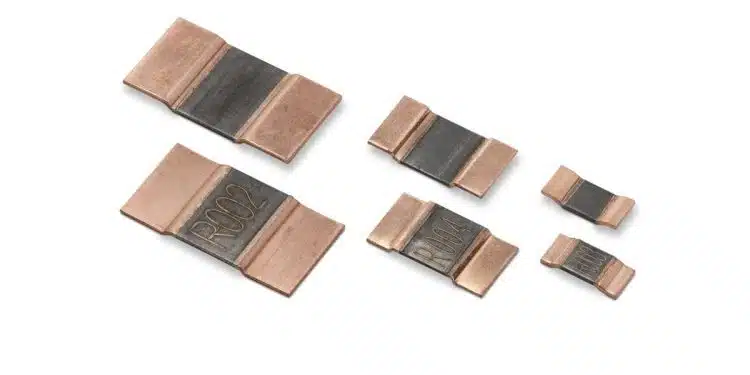Littelfuse, Inc., an industrial technology manufacturing company empowering a sustainable, connected, and safer world, announced the launch of its SSA Series Current Shunt Resistors—the first of its kind in the Littelfuse portfolio.
These two-terminal, ultra-low resistance shunt resistors are uniquely designed to meet the increasing demand for accurate current measurement in high-performance applications.
Unlike competing technologies such as Hall effect sensors, current transformers, flux gate sensors, and Rogowski coils, the Littelfuse Current Shunt Resistor delivers a more efficient solution that works well in both AC and DC circuits. With a higher power rating than metal foil resistors, the SSA Series excels in applications demanding rigorous current sensing due to high-power requirements.
This versatility makes it an ideal choice for a wide range of markets and applications, including:
- automotive electronics,
- EV charging,
- large appliances,
- data centers,
- industrial,
- power modules, and
- frequency converters.
“Accurate current measurement is crucial for the optimal performance of electrical and electronic devices,” says Stephen Li, Product Manager at Littelfuse. “With the ever-increasing demand for high-performance devices, our SSA Series Current Shunt Resistors offer a cost-effective solution for both AC and DC applications requiring demanding current sensing.”
The CSR Series offers the following key features and benefits:
- Cost-effective: More affordable than competing technologies.
- Versatility: Compatible with both AC and DC circuits.
- Compact Size: Ideal for space-constrained applications.
- Good Heat Dissipation: Ensures reliable performance.
- English Case Sizes: Available in 2512, 3921, and 5931.
- Resistance: Range from 0.2 – 4.0 mΩ.
- Power Rating: Up to 15 W.
- Tolerance: As low as ±1.0%.
- TCR: Down to ±50 ppm / ºC.
“Equipped with these advanced features, the SSA Series Current Shunt Resistors provide an affordable solution for accurate current measurement and control,” adds Li. “We are confident that our customers will greatly benefit from the exceptional performance and reliability of this new addition to our current sensing resistor product range.”






























